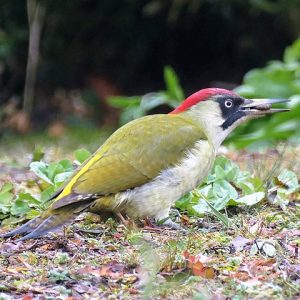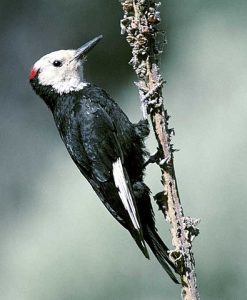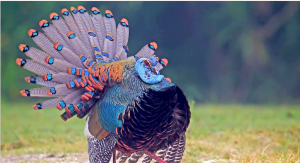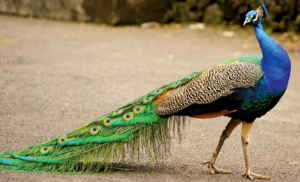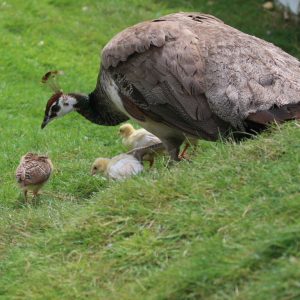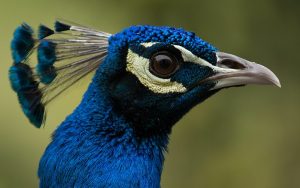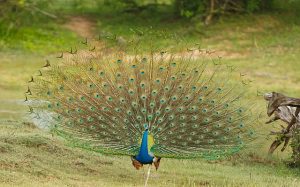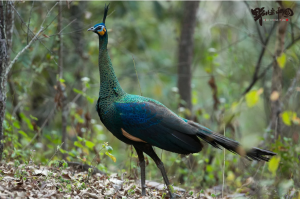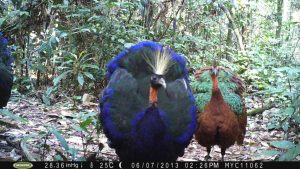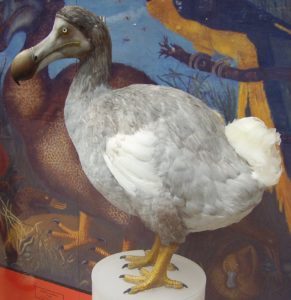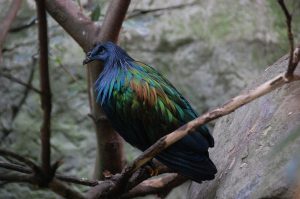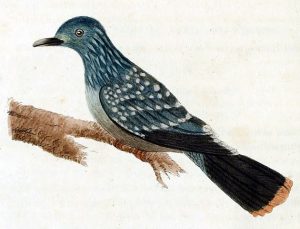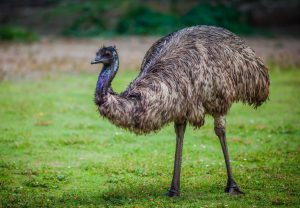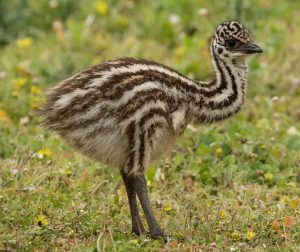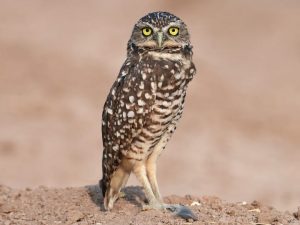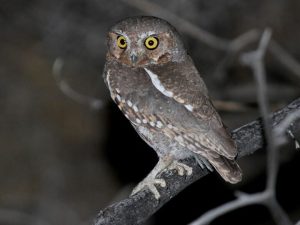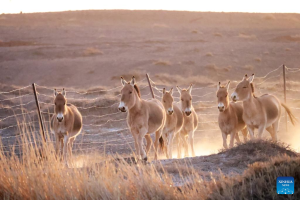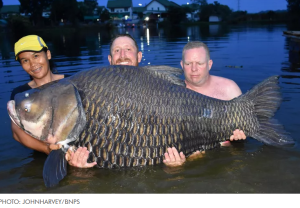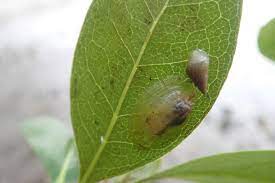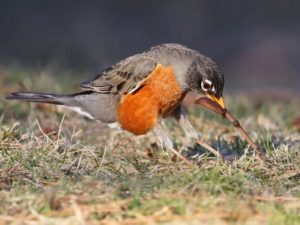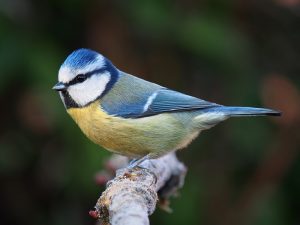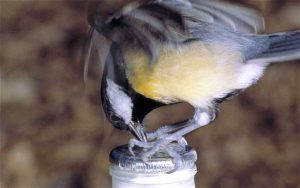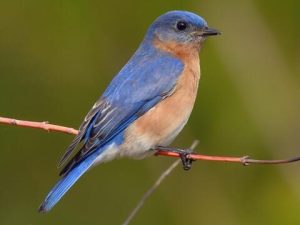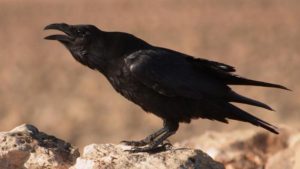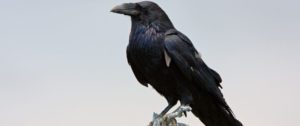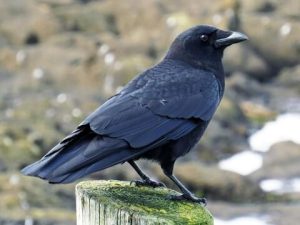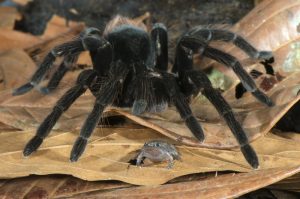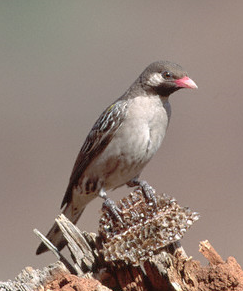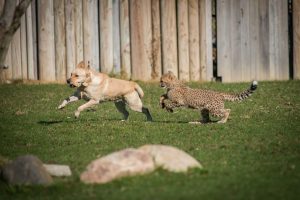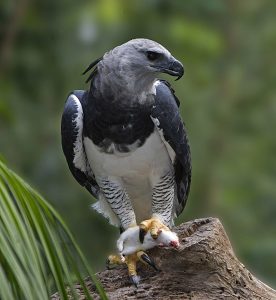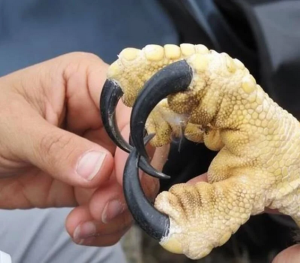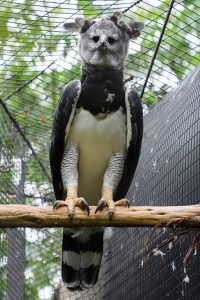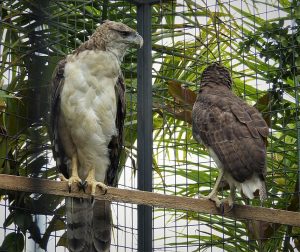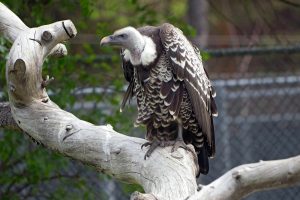Podcast: Play in new window | Download (Duration: 12:42 — 14.2MB)
Thanks to Richard from NC, Pranav, and Alexandra for their suggestions this week!
Further reading:
One Reason Migrating Birds Get Lost Is Out of This World
Inside the Amazing Cross-Continent Saga of the Steller’s Sea-Eagle
A Vagrant European Robin Is Drawing Huge Crowds in China
Bird migration: When vagrants become pioneers
A red-cockaded woodpecker:
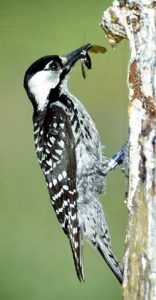
Steller’s Sea Eagle making a couple of bald eagles look small:
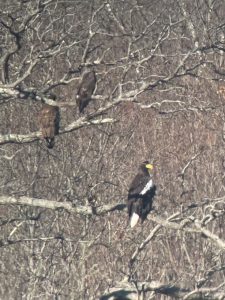
Steller’s sea eagle:
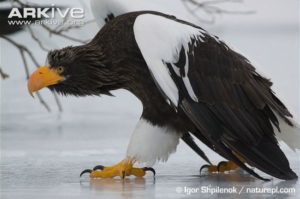
A whole lot of birders showed up to see a European robin that showed up in the Beijing Zoo [photo from the fourth article linked above]:

A robin:

Mandarin ducks:
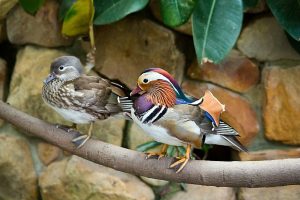
Richard’s pipit [photo by JJ Harrison (https://www.jjharrison.com.au/) – Own work, CC BY 3.0, https://commons.wikimedia.org/w/index.php?curid=23214345]:
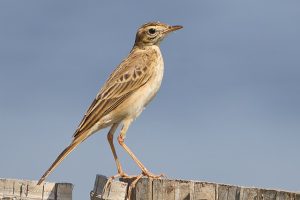
Show transcript:
Welcome to Strange Animals Podcast. I’m your host, Kate Shaw.
We’re talking about some birds again this week, with a slightly mysterious twist. These are birds that have shown up in places where they shouldn’t be, sometimes way way far from home! Thanks to Richard from NC for inspiring this episode and suggesting one of the birds we’re going to talk about, and thanks to Pranav for suggesting we cover more out of place animals.
Last week we talked about some woodpeckers, and I said I thought there was another listener who had suggested the topic. Well, that was Alexandra! Let’s start today’s episode talking about the red-cockaded woodpecker, another bird Alexandra suggested.
The red-cockaded woodpecker is native to the coastal southeastern United States, where it lives in pine forests. It’s increasingly threatened by habitat loss since the pine forests get smaller every year, and not only does it need old-growth pine forests to survive, it also needs some of the trees to be affected by red heart fungus. The fungus softens the interior wood, which is otherwise very hard, and allows a woodpecker to excavate nesting holes in various trees that can be quite large. The female lays her eggs in the best nesting hole and she and her mate raise the babies together, helped by any of their children from previous nests who don’t have a mate of their own yet. When they don’t have babies, during the day the birds forage together, but at night they each hide in their own little nesting hole to sleep.
It’s a small bird that doesn’t migrate, which is why Beth Miller, a birder in Muskegon, Michigan, couldn’t identify it when she spotted it on July 1, 2022 in some pine trees near a golf course. She took lots of photos and a recording of its calls, which she posted in a birding group to ask for help. She knew the bird had to be a rare visitor of some kind, but when it was identified as a red-cockaded woodpecker, she and nine birder friends went back to the golf course to look for it. Unfortunately, they couldn’t find the bird again. It was the first time a red-cockaded woodpecker had ever been identified in Michigan, although individual birds do sometimes wander widely.
While bird migration isn’t fully understood, many birds use the earth’s magnetic field to find their way to new territories and back again later in the year. Humans can’t sense magnetic fields but birds can, and being able to sense Earth’s magnetic field helps birds navigate even at night or during weather that keeps them from being able to see landmarks.
But sometimes birds get lost, especially young birds who have never migrated before or a bird that gets caught in storm winds that blow it far off course. If a bird shows up somewhere far outside of its normal range, birdwatchers refer to it as a vagrant, and some birders will travel great distances to see vagrant birds.
One interesting note is that birds navigating by the earth’s magnetic field can get confused if the magnetic field is disrupted by geomagnetic storms, including solar flares, sunspots, and coronal mass ejections. Very recently as this episode goes live, the aurora has been occasionally visible across much of the world. The aurora is caused by charged particles from the sun reaching Earth’s atmosphere, causing a colorful glow or shimmer in the night sky, and it’s usually only visible at or near the poles. This month it was visible in places far away from the poles. Fortunately, a really strong geomagnetic storm like the ones this month can actually make it easier for birds to migrate. Instead of getting a scrambled sense of the earth’s magnetic field, a strong geomagnetic storm can temporarily knock out a bird’s ability to sense the magnetic field at all, and that means it uses landmarks, the position of the stars and sun, and other methods to find its way.
Sometimes a bird just flies the wrong way, like the Steller’s sea eagle that showed up in Alaska at the end of August 2020. Steller’s sea eagle is native to the coast of northeastern Asia and is increasingly threatened due to habitat loss, pollution, climate change, poaching, and overfishing, a real problem if you’re an eagle that eats a whole lot of fish. Only about 4,000 of the birds remain in the wild. It’s a huge eagle, one of the biggest in the world, with a big female having a wingspan over 8 feet across, or almost 2.5 meters. Some unverified reports indicate birds with a wingspan over 9 feet across, or 2.8 meters. It has a huge yellow bill and feet, and is black and white in color. It’s related to the bald eagle but is larger and heavier, and its head is black instead of white.
To an eagle as big as Steller’s sea eagle, the distance between the eastern coast of Russia and the western coast of Alaska is very small, so it’s not all that unusual for birders to see one in Alaska. The difference in 2020 is that the bird was far inland, not on the coast. Then, several months later, a Steller’s sea eagle was reported in Texas. Texas! Very far away from Alaska and the northeastern Asian coast.
No one could definitively say if the Texas bird was the same one seen in Alaska, but a few weeks before there had been a massive storm that could have blown the eagle to San Antonio. It was the first time a wild Steller’s sea eagle had been spotted in Texas.
But the bird wasn’t done traveling. In late June 2021, a ranger in eastern Canada spotted the sea eagle. It was seen by multiple birders and photographers, some of whom got pictures good enough to compare to the Alaska photos from the year before, and it was the same bird! A few months later it was spotted in Nova Scotia, Canada, and in mid-December 2021 it arrived in southern Massachusetts in the United States for a few days. By the end of 2021 it was in Maine.
Since then the eagle appears to divide its time between Maine in the northeastern United States and Newfoundland, Canada, not too far away.
Richard from NC suggested that sightings of Steller’s sea eagle might explain the mystery of Washington’s eagle. I go into detail about Washington’s eagle in the Beyond Bigfoot & Nessie book. There is a rare color morph of Steller’s sea eagle that is almost all black, which matches Audubon’s painting of Washington’s eagle, but Steller’s sea eagle always has a yellow bill, not a dark one as Audubon painted. Still, it’s a very interesting theory that matches a lot better than the theory that Washington’s eagle is just a big juvenile bald eagle.
Eagles are spectacular birds, but even an ordinary bird turns into a celebrity when it shows up somewhere far outside of its normal range. That’s what happened to a European robin at the beginning of 2019. We talked about the European robin back in episode 333. It’s a common bird throughout much of Europe and parts of Asia, but it’s only been documented in Beijing, China three times. The third time was when one showed up in the Beijing Zoo in 2019, at least 1,500 miles, or 2,400 km, away from its usual range. Birdwatching is an increasingly popular hobby in China, and hundreds of birders showed up at the zoo not to see the animals it has on display but to see a little robin that someone in England would barely glance at.
A few months before that, on the other side of the planet, a Mandarin duck showed up in Central Park in New York City. Birders showed up soon after to look at it. The Mandarin duck is a beautiful bird related to the wood duck native to North America, but it’s native to China and other parts of east Asia. The male has a red bill, rusty red face with white markings, and purplish feathers on his sides, while the female is softer and more muted in color. Both males and females have a purplish crest and the male also has a reddish crest on both of his wings that sticks up like a sail when his wings are folded.
In other words, the male in particular is a spectacular duck, and the duck that showed up at Central Park was a male in full breeding plumage, looking his best. Since Mandarin ducks are so attractive and increasingly threatened in the wild, many zoos and private owners keep them, and the Central Park duck did have a band on his leg that indicates he might have been an escaped bird. But no one ever claimed him and in March of 2019 he flew off for good.
Vagrant birds show up in weird places all the time, especially in spring and fall when most migratory birds are on the move. Sometimes a vagrant bird returns to the mistaken area in following years, brings its mate and offspring, and essentially founds a new migratory route. This is what scientists think has happened with several species of songbird that breed in Siberia and migrate to southeast Asia for the winter.
Richard’s pipit is a medium-sized songbird with long legs, a long tail, and a relatively long bill. It’s mainly brown and black, with lighter underparts. It looks like a stretched-out sparrow. It migrates to southern Siberia, Mongolia, and a few other parts of central Asia to nest during the summer, and flies back to India and other parts of southeast Asia to spend the winter. But a small population flies west instead of south and spends the winter in Spain, Italy, and surrounding areas instead of in India.
For a long time scientists thought the birds seen in Europe were just lost. They’re still quite rare in Europe compared to their high population in Asia. Then a team of scientists caught 81 of the birds, installed leg-bands on all of them and GPS loggers on seven of them, and released them again. The birds migrated north to breed, then returned to Europe instead of Asia to spend the winter, where some were caught again and their leg-bands recorded. So just remember that when a bird shows up where it’s not expected, it might not be as lost as people think.
You can find Strange Animals Podcast at strangeanimalspodcast.blubrry.net. That’s blueberry without any E’s. If you have questions, comments, or suggestions for future episodes, email us at strangeanimalspodcast@gmail.com. We also have a Patreon at patreon.com/strangeanimalspodcast if you’d like to support us for as little as one dollar a month and get monthly bonus episodes.
Thanks for listening!
